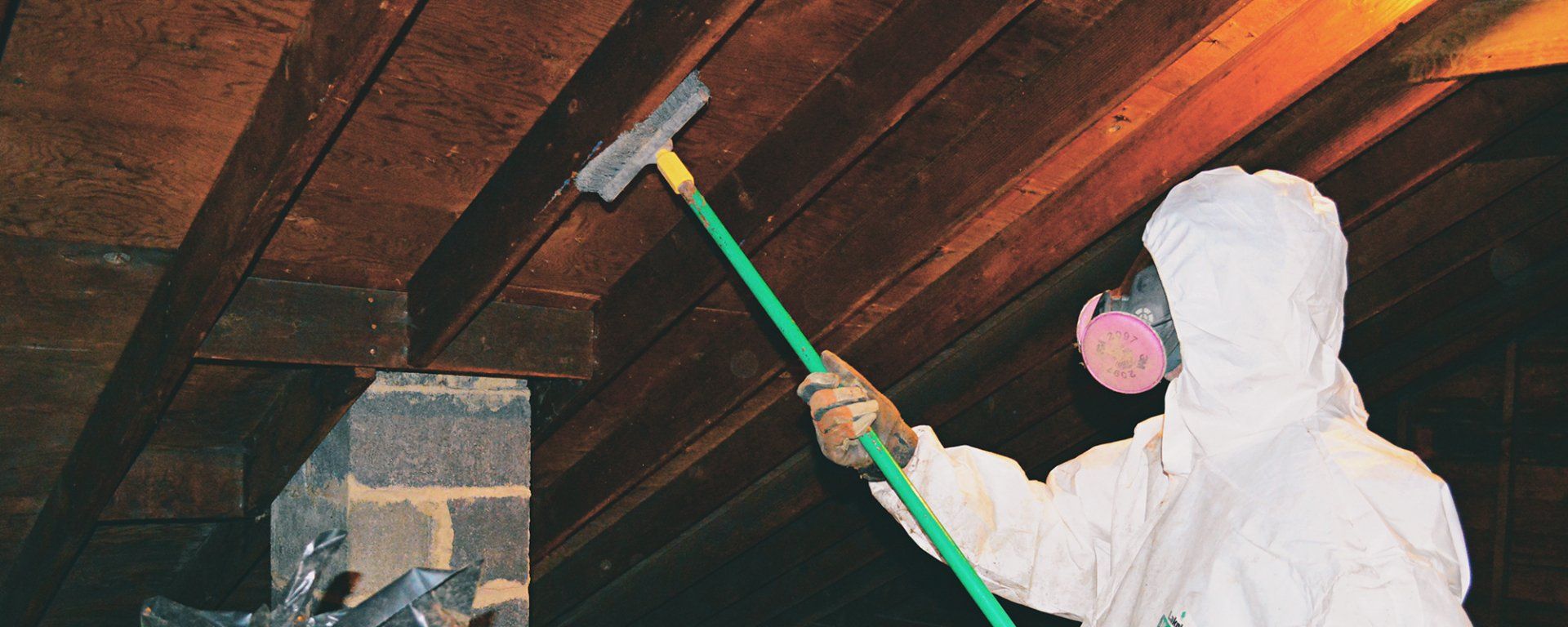How Long Does it Take for Mold to Appear?

How Long Does it Take for Mold to Grow?
Sometimes Mold Makes a Late Appearance
If you don't see mold right after water damage, don't jump to the conclusion that it isn't there. With things like roof leaks, mold spores may be growing in hidden places like attics or the interior of walls.
In these cases, it could be weeks before you begin to see mold colonies expand to visible surfaces in living areas.
A family in Conway, South Carolina recently experienced this. After Hurricane Florence, the crawl space beneath their home experience saw water damage from the Waccamaw River flooding. Water did not enter the home, but the HVAC ductwork work in the crawl space and the condenser unit were both in standing water and needed to be replaced. Before a new HVAC system was installed, the area was dried and thoroughly cleaned.
So where did mold appear nearly 2 months later after the Myrtle Beach area experienced warm temperatures and a couple weeks of steady rain? Not in the crawl space, but in the upstairs bedrooms.
Mold growth on the ceiling and exterior walls indicated that small leaks, perhaps caused by wind and rain previously, had allowed moisture to accumulate in the attic and walls. When conditions were triggered by recent rainy days, the mold exploded and spread to where it could be seen.
Conduct Thorough Testing When There's a Possibility of Mold
One way to minimize the presence of mold reappearing is to have a mold remediation expert test the "invisible" areas of your home as well. Thorough inspections of attics and roofs can reveal dampness that you may not see for weeks. Fixing these issues early can prevent mold colonies from spreading into your living areas.
Additionally, a mold removal specialist can test for mold spores within walls using pin testing, digital moisture meters, and other tools. Be thorough and investigate the whole house.
MasterTech Environmental of Myrtle Beach is your local expert for all things mold related. Our team assisted many family's after Hurricane Florence and the Waccamaw flooding. If you see mold or mildew reappear, call us for mold inspection and mold removal services -- 843-236-3399.



